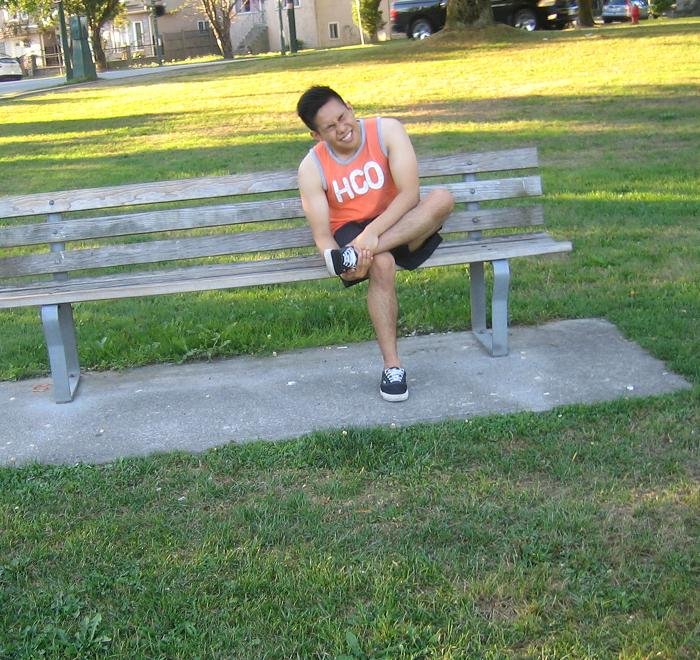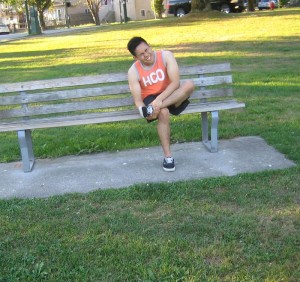Heel fissures are also called cracked heels. This condition happens when skin on the bottom and the outer edge of the heel becomes dry, flaky and hard. Sometimes, it causes deep fissures that are painful and bleeding.
Yellow or brown calluses can form around the edge of the heel. Women are more susceptible to this condition than with men. Generally, this condition is dangerous if left untreated; the fissures become deep and at risk for infection. It is dangerous for people with compromised immune system or the body is not capable of defending itself against illness.
Causes of heel fissures
- Living in a dry climate
- Walking barefoot or wearing open-back sandals
- Prolonged standing
- Taking long hot showers
Soak the affected area in lukewarm and soapy water for at least 20 minutes. - Wearing ill-fitting shoes and inadequate support for the heels
- Using harsh soaps that takes off the natural oil of the skin
- Dry skin due to cold temperatures or low humidity
Symptoms
- Itchiness
- Severe pain
- Flaking skin
- Bleeding
- Red and inflamed skin
- Ulceration
Treatment
- Apply creams with keratolytic and humectants agents that contain urea, salicylic acid, saccharide isomerate and petroleum jelly at least 2-3 times every day until the fissures disappears.
- Cover the affected area with bandages to prevent loss of moisture and development of infections.
- Use prescribed orthotics or custom insoles to lessen pressure placed on the heel.
- Apply prescribed heel balms with moisturizers to soften and exfoliate the dead skin. Apply the heel balm in the morning for elasticity of the skin before starting an activity and moisturizer 2-3 times every day.
- Soak the affected area in lukewarm and soapy water for at least 20 minutes. Then scrub the area using a loofah, pumice stone or a foot scrubber to remove dead, hardened and thickened skin. Pat dries the skin. Apply thick moisturizers to the area such as petroleum jelly. Cover the area by wearing a sock to lock in moisture and prevent spreading of grease in the area. Avoid scrubbing the feet when dry to prevent further irritation and delays the healing. Another alternative is wearing a moisturizing heel sleeves. They are like socks with vitamins and therapeutic oils that heal the condition.
- Apply liquid bandage which can be sprayed on the affected area to seal the cracks and prevent the risk of developing an infections or further cracking of the area. Liquid bandage is good for bleeding and deep fissures.
Tips
- Wear properly fitting shoes and support for the heels. Shoes with strong and wide heels that is good in supporting and cushioning the heels.
- Avoid wearing flip-flops and sandals which easily dries the feet.
- Do not wear shoes that are too tight, tall and skinny heel.
- Avoid prolonged standing in one position or sitting and crossing legs
- Drink plenty of fluids to keep the body hydrated.
FACT CHECK
https://en.wikipedia.org/wiki/Heel

